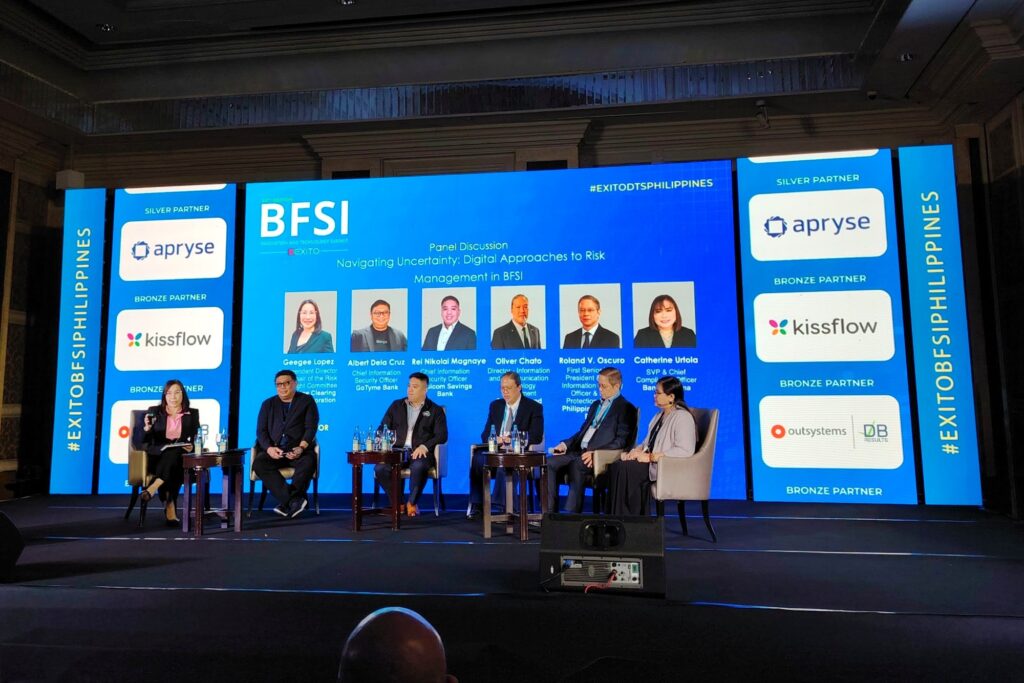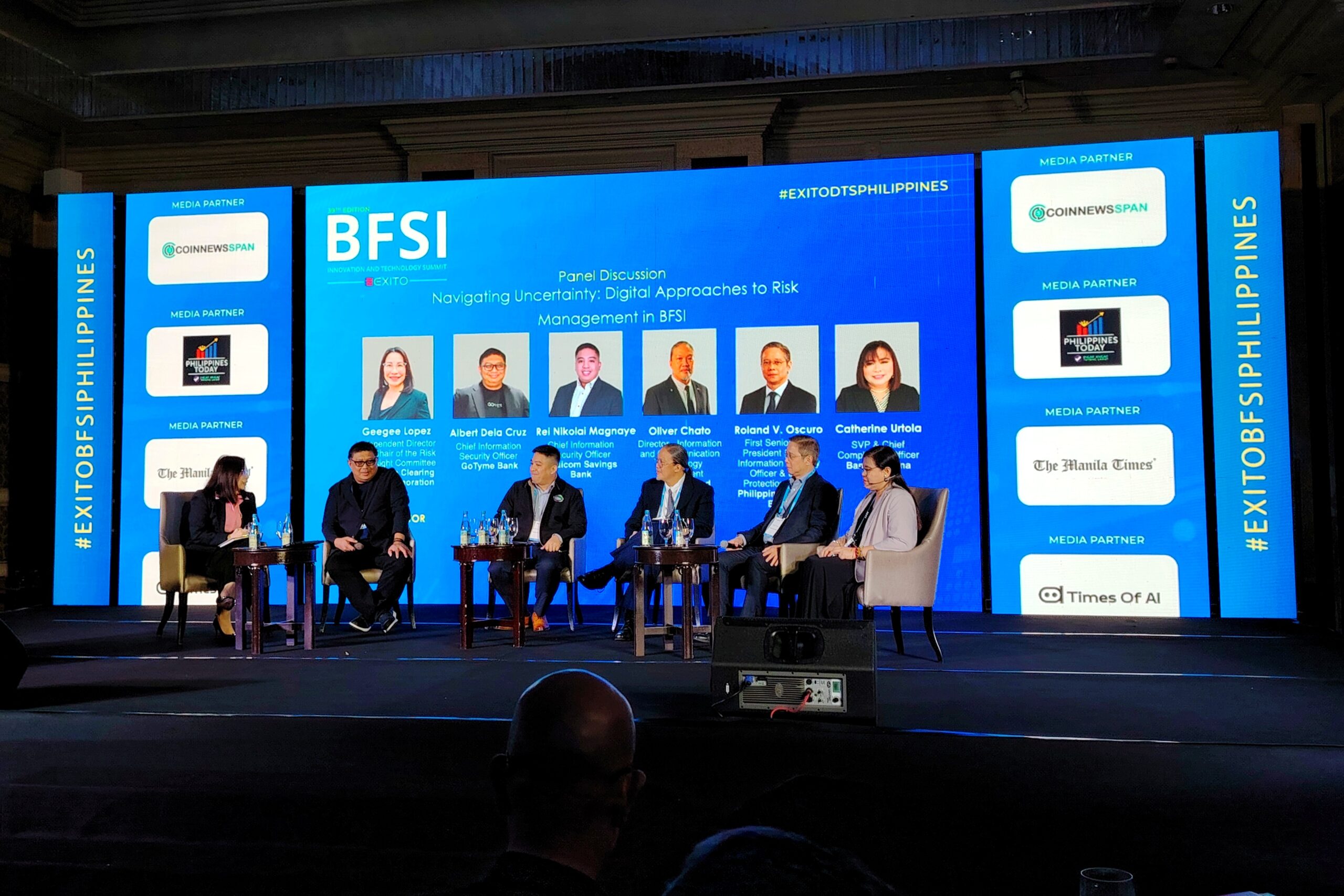Hyper-personalization goes mainstream: The tightrope between AI and privacy

Philippine banks are betting big on hyper-personalization—using artificial intelligence (AI) and real-time data to create highly tailored content, services, and offers for individual customers.
The goal: greater relevance, deeper engagement, and lasting loyalty. But as they push deeper into people’s digital lives, the line between convenience and intrusion is getting thinner.
Hyper-personalization goes beyond traditional segmentation. It enables banks to anticipate needs and behaviors based on granular, real-time data, offering tailor-made experiences similar to what users get on social media and streaming apps.
At the BFSI Innovation and Technology Summit in Manila on May 23, organized by global B2B events firm Exito, industry leaders laid out how personalization is reshaping banking—and how institutions must protect trust while delivering it.
“There are four things, I would say, that change a lot in terms of customer expectations,” said Dennis Omila, chief transformation officer at Union Bank of the Philippines. “Because a lot of retail customers are used to social media apps—Facebook, Netflix, TikTok.”
Omila said personalization is no longer just about broad demographics or customer personas. “At UnionBank, ‘from personas to person’… It’s like a day in the life of Alex Seminiano. So, talagang ganun ka-targeted,” he said.
He noted that customers expect content and experiences to be dynamic and responsive. “Now, the expectation is real-time and dynamic,” Omila said. “The proceeds are no longer static but more real-time.”
That shift also extends to how banks communicate. “From the usual generic messaging, now it’s context-aware… more experience-focused and relationship-focused,” he added. “We figure out that this person likes to travel… and recommend something… it enriches their experience.”
But as banks personalize more deeply, data privacy becomes a high-stakes concern. During a panel discussion, Philippines Today asked how institutions are managing data security without undermining user experience.
“For us, it would still be the basics,” said Roland Oscuro, first senior vice president at Philippine National Bank. “Most tech reports identified email as the number one point of entry… Do your due diligence and you’ve already addressed 80% to 90% of threats,” he added, during a panel titled “Navigating Uncertainty: Digital Approaches to Risk Management in BFSI.”
He stressed that security must be continuous, not just a checklist. “Awareness shouldn’t be limited to webinars,” Oscuro said. “Test your users. Gamify it so they don’t get bored with your advisories.”
Albert Dela Cruz, chief information security officer at GoTyme Bank, warned that security and speed don’t always go hand-in-hand. “The more controls you put, the slower things get done,” he said. “But we have no choice but to up our game.”
Dela Cruz advocated for eliminating outdated security measures. “Discard SMS OTP once and for all—it can be intercepted,” he said. “Biometrics should be a norm, not an option. There will be no hyper-personalization without stronger security.”
Banks, he added, must prove that the tradeoff is worth it. “Yes, we’re getting more information from you—but we’re also putting in more controls.”
From a regulatory standpoint, customers should have full control, said Oliver Chato, director for information and communications technology at the Securities and Exchange Commission. “You should have that choice (on what you can disclose), digitally,” he said. “We’re looking for those kinds of technologies—platform-based ones that let users decide what data they share and for how long.”
For Omila, relevance is the endgame. “If you stay relevant to the lives of your customers, you’re able to solve problems for them… then you have a future,” he said. “AI definitely helps a lot—and that’s where the bright future is.”
As banks transform from service providers into digital lifestyle partners, their success may hinge on how well they blend machine learning with human trust. Hyper-personalization may be the future—but only if customers feel safe in the journey.



0 Comment